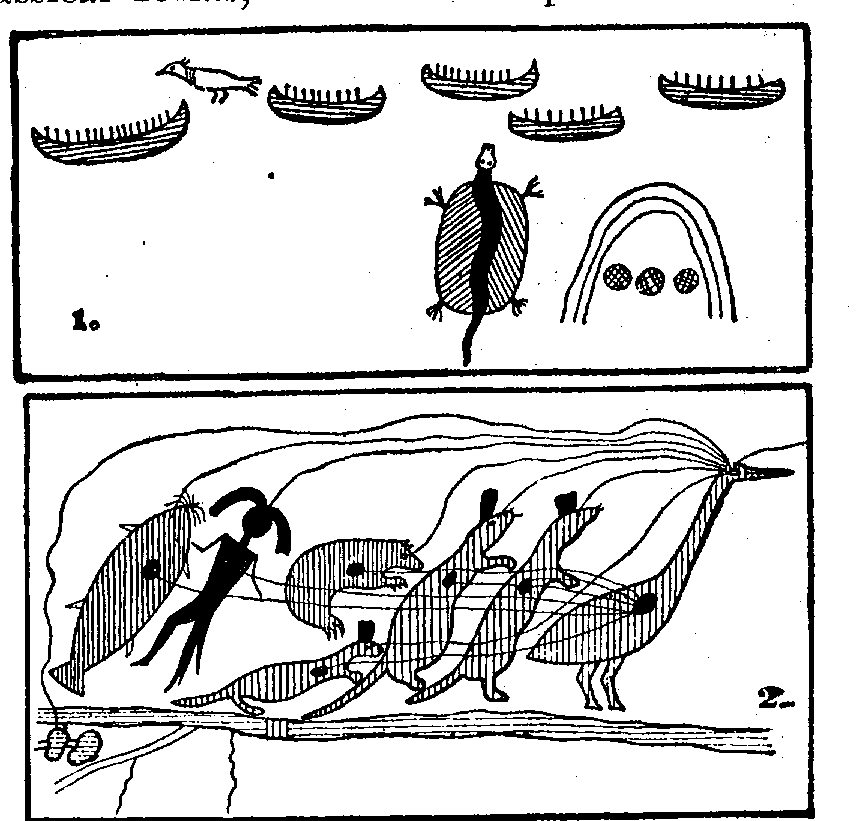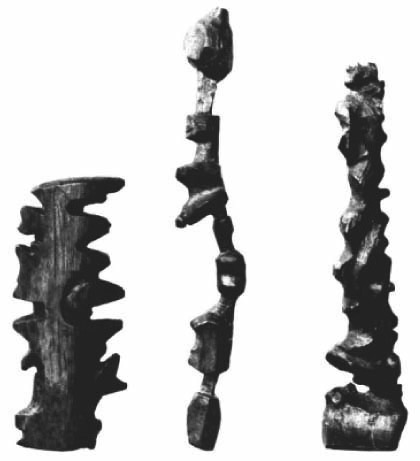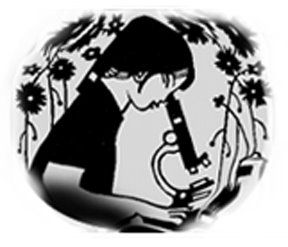
Dear Paula,
Thanks so much for the kind words. The audience was terrific, I really enjoyed the discussion and was sorry there wasn't more time.
On Oct 3, 2008, at 11:30 PM, pele28 wrote:
> Hi Barbara,
>
> I really enjoyed your talk last night with Margaret. I'm sorry I didn't get a chance to question you, but hope you'll respond when it's convenient. Please see below!
>
> Best,
> Paula
>
> 1. I missed the name of the fellow who collected the Native American drawings in the 18th Century. I think I have seen that book, but I can't find the title now. That was such a beautiful drawing/map.

THIS IS NOT THE IMAGE I'M TALKING ABOUT, BUT IT WAS WHAT I COULD FIND.
Mallery, G. (1893/1972). Picture writing of the American Indians. (Originally published by Government Printing Office). NY: Dover.
> 2. The discussion about the cultures which don't have Left and Right in the language reminded me that in Bulgaria, they don't nod and shake their heads as we do, but instead they have other head motions that appear almost the exact reverse of what the rest of the world knows as a nod for "yes" and a shake for "no." I wanted to know if she's come across something like this in her studies of body language. Is there a collection of information on how different cultures use non-verbal communication, and perhaps how geographic and other forms of space have defined body language?
Interesting, There's a similar yes/no horizontal/vertical switched mapping in India, even harder to read because their heads continuously bob, and it's contagious.

There is at least one book that maps gestures across cultures, and others on body language. I'm sorry I can't recommend any in particular. Much has been written on iconicity and metaphoric iconicity in gestures, and this is closer to my interests as those gestures convey meaning in more direct ways than words. Susan Goldin-Meadow wrote a wonderful and accessible book on gesture, though she doesn't go into cross-cultural work. Researchers make a distinction between emblems, like the OK sign, which are quite culture bound, and iconic, metaphoric, and beat gestures which seem to be universal, and related to expressing meaning or structuring the discourse (beats, like, first, second, etc. raising and lowering the hand).
All the best,
Barbara
.jpg)
Sticks are sea currents; Pebbles are islands

Floatable Inuit Coastal Map



















No comments:
Post a Comment